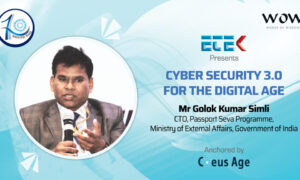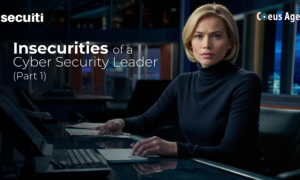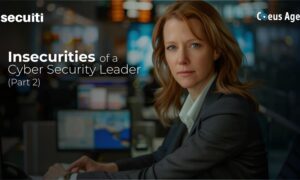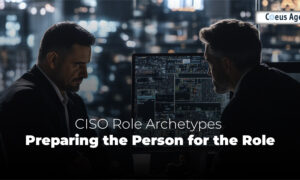In the earlier posts, I discussed the origins and effects of insecurity. In this final instalment, I will focus on strategies for addressing insecurity.
The roots of insecurity lie in the environment in which a Chief Information Security Officer (CISO) operates, as well as in her perceptions and responses to that environment. It is essential to consider both the perceptions held and the actions taken (or neglected).
There are three key areas to examine.
The Contextual Reality
The contextual reality encompasses the network of individuals, their ambitions, power dynamics, cultural values, and societal norms of right and wrong. A CISO must navigate this context, which can offer both support and limitations. It is crucial for the CISO to reflect on how the context serves as either an enabler or a constraint, determining whether it is more beneficial for some individuals while being restrictive for others.
The Personal Experience
The personal experience of the CISO within this context is vital. She must assess whether she feels empowered or limited, engaging with her deeper feelings without defensiveness. This self-awareness is the first step toward empowerment. A significant aspect of this experience is role congruity, which refers to the alignment between the CISO’s aspirations for her role, the expectations of others, and the actual execution of her responsibilities. Discrepancies among these elements can lead to challenges.
The experience of a Chief Information Security Officer (CISO) within her professional context raises important questions regarding her mental and physical well-being.
It is essential to consider how these experiences affect their overall health and what strategies they employ to cope with adverse situations. Furthermore, one must evaluate the effectiveness of these coping mechanisms. These inquiries warrant careful reflection.
The Actions Taken (or Not Taken)
The context and the Chief Information Security Officer’s (CISO) familiarity with it significantly influence the decisions made by the CISO. The resources inherent in this context shape the CISO’s effectiveness. For instance, establishing a proactive relationship with a business manager can yield valuable resources such as expertise, funding, and engagement from that manager. Conversely, a strained relationship would hinder access to these resources. Resources can encompass human, physical, financial, and intellectual assets, with the trust that stakeholders place in the CISO serving as a critical example of such a resource.
A CISO’s effectiveness in her role is directly proportional to the resources at her disposal.
It is essential for a CISO to evaluate the resources she currently possesses, including human, physical, financial, and intellectual assets. Additionally, she should identify any resources that are lacking and understand the reasons for their unavailability, as well as explore strategies to access those resources.
A thorough reflection by the CISO on the three discussed aspects and essential questions will enable her to determine the necessary actions.
Engaging a behavioral expert can significantly assist in this introspective process and contribute to achieving a more effective and fulfilling performance.
Read earlier posts.
Part 1 – Sources of Insecurity
Part 2 – Impact of Insecurity

















